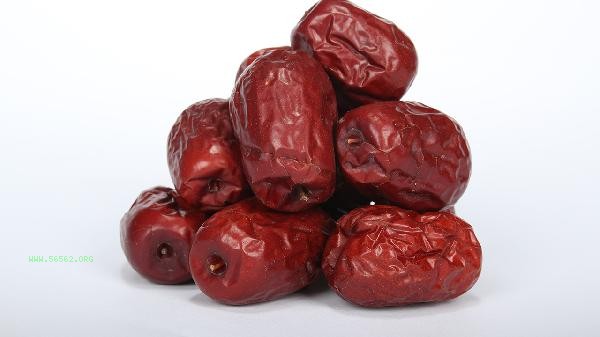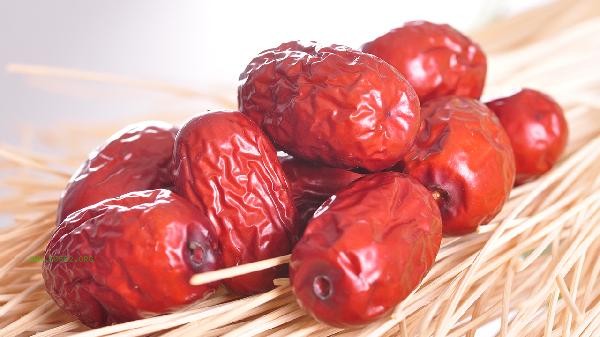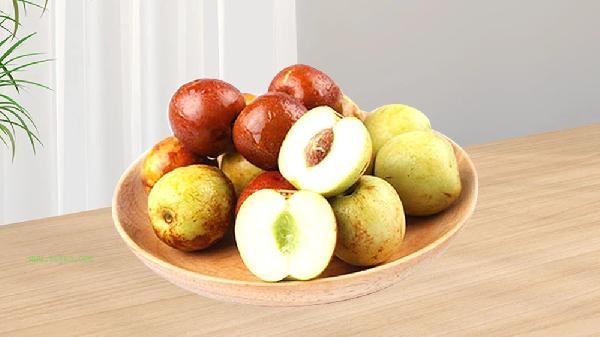Dried jujubes are usually best purchased from September to November each year, when new jujubes are concentrated and of the best quality. The timing of selecting dried jujubes is mainly related to factors such as the maturity period of the variety, drying conditions, storage period, nutrient retention, and price fluctuations.

1. Variety Maturity Period
There are differences in the maturity time of different varieties of jujube trees. Northern gray jujube and Jun jujube mostly mature in September, while Xinjiang Ruoqiang jujube matures in October. Fresh jujubes harvested during the mature stage undergo sufficient sugar conversion after natural drying, resulting in a sweeter taste. Dried jujubes purchased too early may be processed from immature green jujubes, which have a strong astringency and thin flesh.
2. Drying conditions
Autumn climate is dry and less rainy, which is conducive to outdoor drying and dehydration of fresh jujubes. At this time, the dried jujube produced is not easily moldy and can be kept within a moderate range. Dried jujubes processed during the rainy season or winter may be dried, which can cause the skin to harden and result in significant loss of vitamin C. The dried jujube flesh naturally sun dried has a deep reddish brown color, with even and natural folds.
3. Storage period
From September to November, newly made dried jujubes have a moisture content of about 25% and can be stored for one year in a cool environment. Chen jujubes purchased after the spring of the following year may develop insect infestations or a rancid taste due to improper storage. Fresh dried jujubes have elastic skin, and when broken open, the flesh can pull out fine sugar threads, while aged jujubes have a dry, hard, and crispy texture.

4. Nutritional retention
The content of cyclic adenosine monophosphate in dried jujubes during the season is relatively high, which helps regulate immunity. As the storage time prolongs, polyphenolic antioxidants in jujube will gradually degrade. The preserved fruit frost wax layer on the skin of the new jujube also shows that it has not undergone multiple flipping treatments, resulting in less nutrient loss.
5. Price fluctuations
In autumn, due to the concentrated listing of fresh jujubes, the raw material cost of dried jujubes is lower, and the retail price is usually lower than the off-season. The market demand increases before and after the Spring Festival, and some merchants will raise prices to sell inventory. When making a purchase, you can observe whether the jujube stems are intact. Dried jujubes with stems are fresher and can avoid merchants mixing aged jujubes.

After purchase, it is recommended to pack and seal the dried jujubes, and store them in the refrigerator's refrigeration layer. It is advisable to control the daily consumption of 5-10 pills. Patients with diabetes should consult a doctor. High quality dried dates can be paired with ingredients such as Tremella fuciformis and lilies to make nourishing soups, or with nuts such as walnuts as a healthy snack. If there is a smell of alcohol or white spots on the jujube meat, it indicates that it has spoiled and should be stopped from consumption.








Comments (0)
Leave a Comment
No comments yet
Be the first to share your thoughts!